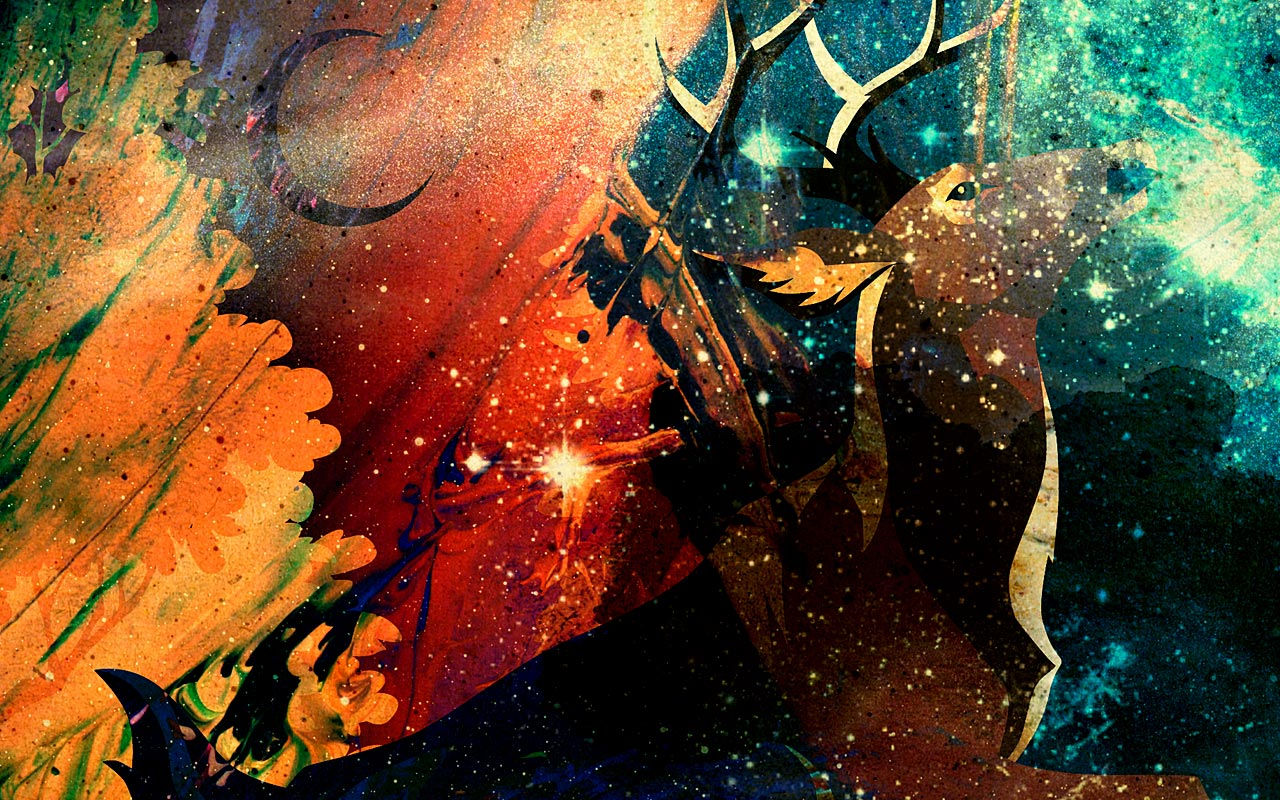Matsuo Basho: The Haiku Master and His Enduring Legacy
- torinaga11
- Jan 16
- 4 min read

Matsuo Basho (1644–1694) is one of Japan's most celebrated poets and a master of haiku, the 17-syllable form of poetry that captures profound meaning in simplicity. His works, deeply influenced by nature, spirituality, and the human experience, have resonated across centuries, transcending cultural and linguistic boundaries. This blog post explores Basho’s life, his poetic philosophy, and the timeless appeal of his work.
Early Life and Background
Born in 1644 in Ueno, Iga Province (modern-day Mie Prefecture), Matsuo Kinsaku—later known as Matsuo Basho—grew up in a samurai family. His father, a low-ranking samurai, ensured Basho received a solid education, exposing him to classical Chinese and Japanese literature.
As a young man, Basho served as a page to Todo Yoshitada, a local lord who shared his interest in poetry. Under Yoshitada’s mentorship, Basho began composing poems in the style of haikai no renga—a collaborative form of linked verse. Yoshitada’s untimely death in 1666 deeply affected Basho, prompting him to leave his position and embark on a life of poetic and spiritual exploration.

Basho’s Journey into Poetry
After Yoshitada’s death, Basho moved to Edo (modern-day Tokyo), where he immersed himself in the bustling cultural and literary scene. He studied under prominent poets and refined his craft, eventually gaining recognition as a skilled poet and teacher. However, fame and city life did not satisfy Basho.
In the early 1680s, he adopted a life of simplicity and spiritual reflection, inspired by Zen Buddhism and Taoist philosophy. He took the pen name “Basho” after a banana plant (basho) gifted by a disciple, symbolizing his preference for an austere life. This marked a turning point, as his poetry began to reflect deeper themes of impermanence (mujō), nature, and the spiritual journey.
The Essence of Basho’s Poetry
Basho revolutionized haikai by elevating it from light, humorous verse to a profound and contemplative art form. His most famous works adhere to the haiku structure (5-7-5 syllables) and are marked by simplicity, natural imagery, and spiritual depth.
Connection to Nature
Basho’s poetry is deeply rooted in the natural world, capturing fleeting moments with vivid imagery. For example:
An old silent pond—A frog jumps into the pond,Splash! Silence again.
This iconic haiku embodies Basho’s ability to distill the essence of a moment into just 17 syllables, creating a profound sense of stillness and interconnectedness.
Themes of Impermanence
Influenced by Zen Buddhism, Basho often reflected on the transient nature of life. His poems evoke a sense of wabi-sabi, the beauty of imperfection and impermanence.
Summer grasses—All that remains of soldiers’ dreams.
This haiku juxtaposes the ephemeral beauty of grass with the enduring memory of war, reminding readers of the fleeting nature of both life and ambition.
Spiritual Journey
Basho’s poetry is not merely about nature but also serves as a record of his inner journey. His works reflect his search for enlightenment and harmony with the world.

The Travel Diaries
Basho’s wanderlust fueled much of his poetic output. He believed travel was a way to connect with the world and experience life’s transience firsthand. His journeys across Japan are documented in poetic travelogues, combining prose and haiku.
The Narrow Road to the Deep North (Oku no Hosomichi)
Basho’s most famous travel diary, Oku no Hosomichi, chronicles his 1689 journey to Japan’s northern regions. Covering over 2,000 kilometers, the journey was physically arduous yet spiritually enriching.
The text is a masterpiece of Japanese literature, blending vivid descriptions of landscapes, historical reflections, and poignant haiku. For example:
The rough sea—Stretching out towards Sado Island,The Milky Way.
This poem captures the vastness of nature and humanity’s small place within it, a recurring theme in Basho’s work.
Basho’s Legacy
Matsuo Basho’s influence extends far beyond his lifetime. He is credited with transforming haikai into haiku, establishing it as a respected literary form. His emphasis on simplicity, natural imagery, and spiritual depth continues to inspire poets and readers worldwide.
Influence on Modern Literature
Basho’s works have influenced numerous modern writers and poets, including those in the West. His focus on minimalism and capturing the essence of a moment resonates with movements like Imagism in English literature.
Cultural Impact
In Japan, Basho is a cultural icon, his works taught in schools and celebrated in art, calligraphy, and even tourism. Pilgrimages to sites associated with his travels, such as the Basho Memorial Museum in Iga and places mentioned in Oku no Hosomichi, are popular among poetry enthusiasts.

Why Basho’s Work Endures
Basho’s poetry transcends time and culture because it speaks to universal human experiences: the beauty of nature, the passage of time, and the search for meaning. His ability to find profundity in the ordinary and express it with simplicity makes his work accessible to readers of all backgrounds.
Matsuo Basho remains a towering figure in the world of poetry, his works celebrated for their timeless beauty and insight. His haiku and travel diaries offer a window into a life devoted to art, nature, and spiritual exploration. In a fast-paced, modern world, Basho’s poetry reminds us to pause, observe, and find meaning in the fleeting moments of life.
As Basho himself once wrote:
Do not seek to follow in the footsteps of the wise;Seek what they sought.








Comments